Tata Altroz DCA Review: First Drive
It took Tata more than two years to launch the Altroz with an automatic gearbox. But to compensate for the delay, they have introduced an all-new dual-clutch unit that promises top-notch performance. It's time to find out if Tata’s efforts are enough to compensate for the delay or not.

It took Tata more than two years to launch the Altroz with an automatic gearbox. But to compensate for the delay, they have introduced an all-new dual-clutch unit that promises top-notch performance even in extreme Indian weather conditions.
For me, the Tata Altroz has always been an interesting product. That’s because ever since its launch, the car has had two very distinct sides to it. On the upside, it’s a handsome looking premium hatchback that offers sorted driving dynamics, a good amount of space & comfort, a decent number of features and, more importantly, a five-star Global NCAP safety rating. On the downside, the biggest chink in its armour, until now, was the unavailability of an automatic gearbox option. Had Tata launched the Altroz automatic from the beginning, the car would have definitely raked in significantly better sales figures.
However, now that the Altroz DCA (Dual Clutch Automatic) is finally here, it was time for me to take it for a spin and find out if Tata’s efforts are enough to compensate for the delay or not.
Tech Talk
Before I delve into my review, let me delve deeper into the gearbox that is on offer here. The six-speeder is Tata’s first-ever DCT that’s been adapted from Punch Powertrains’ DT1 unit. Unlike most manufacturers, Tata has even gone the extra mile to publicise the nitty-gritty of this gearbox. For example, the unit comes with a wet-type clutch. A wet clutch, essentially, offers enhanced lubrication for better heat management. This ensures improved gearbox longevity as well as optimum performance. The gearbox works via shift-by-wire tech, so there are no mechanical linkages between the gear selector and gearbox. As a result, the gear changes are electronically controlled. There’s also machine learning at play here that helps the system adapt to the driving style to offer optimised gear shifts for enhanced efficiency. For better longevity, a self-healing mechanism that uses vibrations to eject any dust and debris entering the transmission has also been employed.
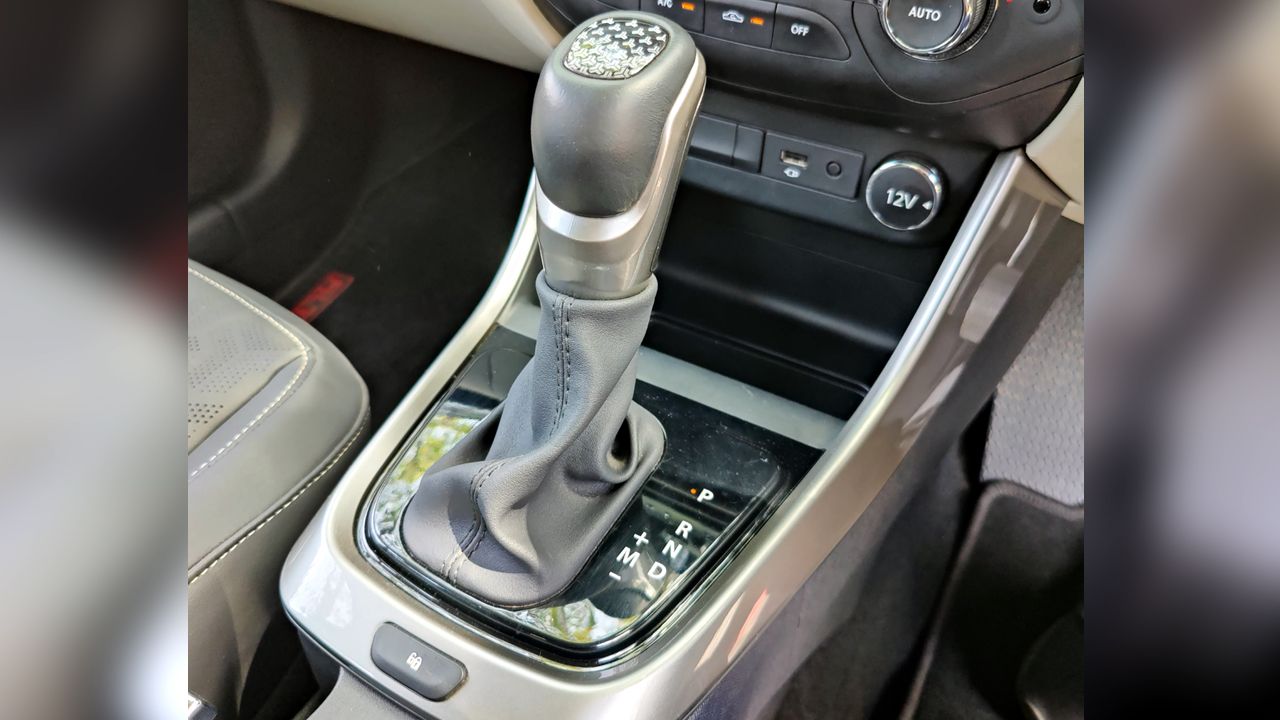
First Impressions
In a word, positive. The gearbox lives up to the reputation of DCTs because the shifts are appreciably smooth. Sure, it’s not the quickest in terms of speed of shifts but the fact that it responds to the accelerator input intuitively makes the driving experience quite rewarding – under light throttle input, the upshifts happen quite early in the rev range but to make sure that power is available when needed, the gearbox is ready to drop down the gears without any hesitation. Nonetheless, if you still find yourself looking for crisper gear shifts, you can achieve that by switching to the manual mode which makes the driving experience a lot more engaging. Notably, the gearbox also works well in start-stop traffic, as the creep mode does a decent job of ensuring a largely judder-free crawl without any throttle input.
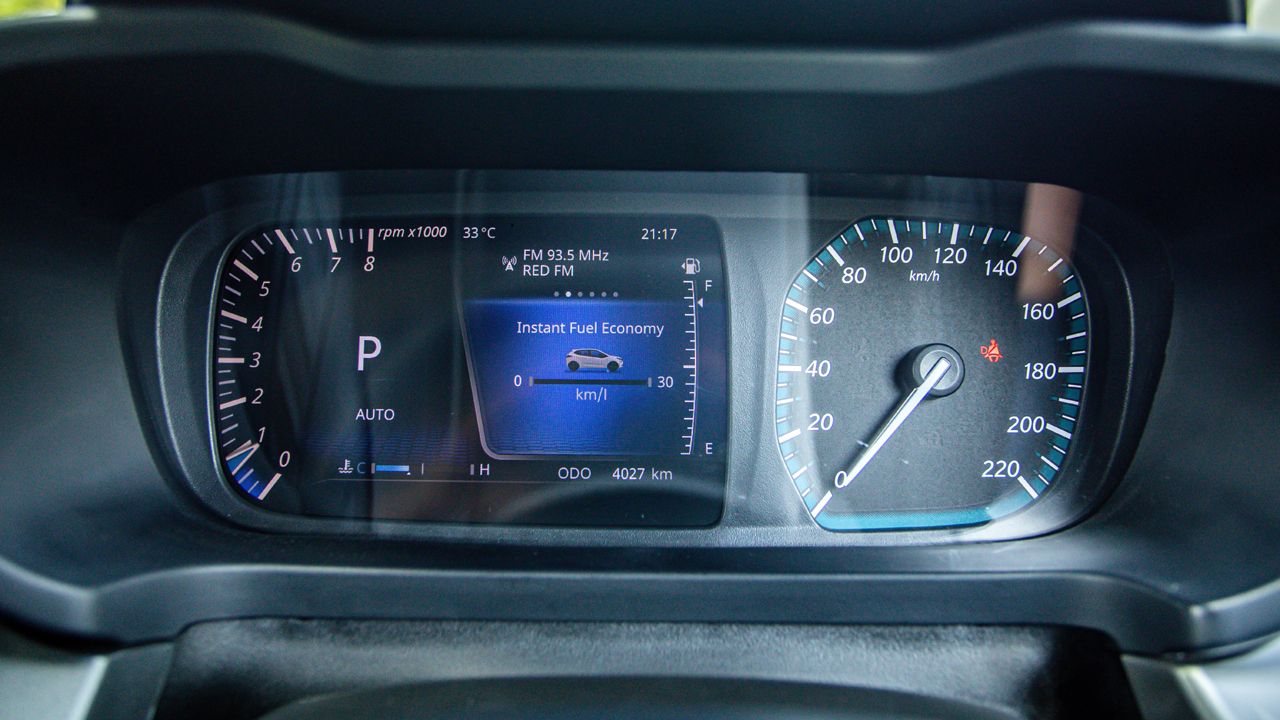
Overall, the Altroz DCA’s setup feels quite efficiency-biased. This also stems from the fact that there are no drive modes available, no paddle shifters, and neither is there a separate sport mode for the gearbox. Everything has been set up to a standard specification to ensure the Altroz DCA delivers a fuel economy figure close to its ARAI-claimed figure of 18.18km/l. It’s worth mentioning that it has achieved this figure without the presence of the idle start-stop function, which, surprisingly, is available on other petrol versions of the hatchback. Perhaps a cost-saving effort to keep the price in check. So, has Tata been wrong in setting up the Altroz DCA for efficiency? Well, not really. Keep reading to find out why.
Trouble in Paradise?
So far, it all sounds hunky-dory, right? Well, let me get to the Altroz DCA’s biggest shortcoming – the engine. Prior to its launch, most of us in the automotive community were hoping for Tata to launch the Altroz DCA with the 1.2-litre i-Turbo petrol motor. But, instead, Tata decided to mate it to the naturally-aspirated petrol engine. As a result, what you have at your disposal is just 85bhp and 113Nm of torque. The consequence of this is that when you push the car hard, it just doesn’t have enough juice. Stamp hard on the accelerator and the results include a whiny three-cylinder engine being tortured into providing the power it doesn’t have, a car that builds up speed leisurely with no sense of urgency, and a gearbox that holds onto the gears for much longer than needed, making matters a bit unsatisfactory.
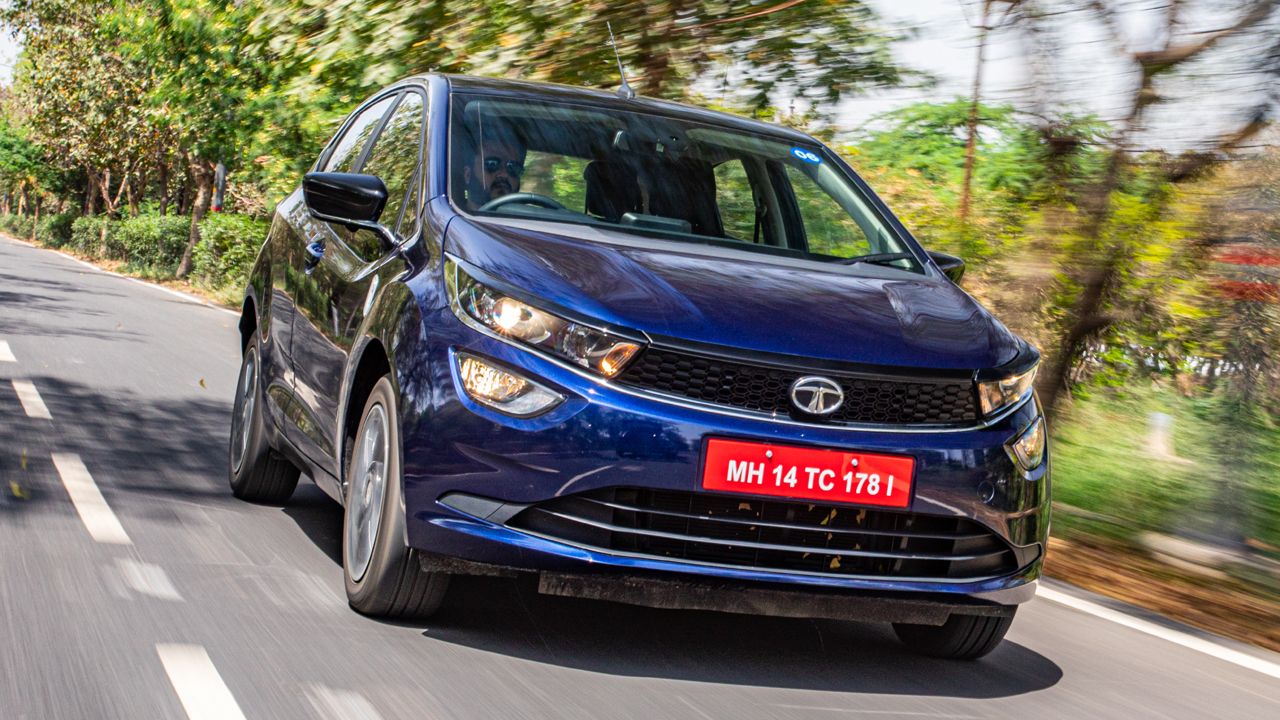
This pretty much sums up the fact that the Altroz DCA, with its current setup, does not prioritise performance in any way. And, therefore, Tata has been spot-on in setting the car up for comfort and efficiency – its strong suits.
Scope for Improvement
There’s no doubt that Tata’s DCT gearbox is a step in the right direction. Sure, it could do with some fine-tuning, but as a first effort, it’s appreciable. But what it needs to truly shine is an engine that can match up to its full potential. Let’s hope that Tata listens to our prayers and launches the turbo version of the Altroz DCA. As for the car itself, in its current form, it’s more or less good news from my end. Basically, you get all the good bits of the Altroz with an extra cherry on top, that is the DCT gearbox. But personally, I would like the automatic variants to differentiate themselves from the rest of the line-up a bit more, visually.

In the end, all I can say is that if you’re looking for a premium automatic hatchback for everyday driving, the Altroz DCA should definitely be under your consideration.
Read more:
Tata Altroz DCT launched; prices begin at Rs 8.10 lakh
Engine: 1,199cc / 3-Cylinder / Naturally-Aspirated
Fuel: Petrol
Transmission: 6-Speed DCT Automatic / Front-Wheel Drive
Power: 85bhp @ 6,000rpm
Torque: 113Nm @ 3,300rpm
Price: ₹8.10 – ₹9.90 Lakh (Ex-Showroom)
X-Factor: At this price point, the Altroz DCA is the most affordable DCT-equipped car on sale in the country! Need I say more?
|
Pros |
Cons
|


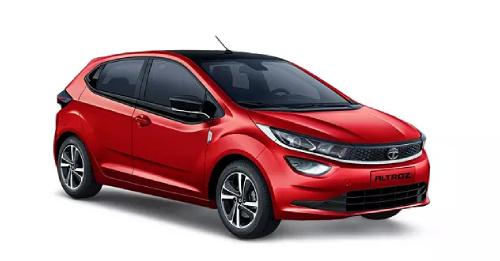
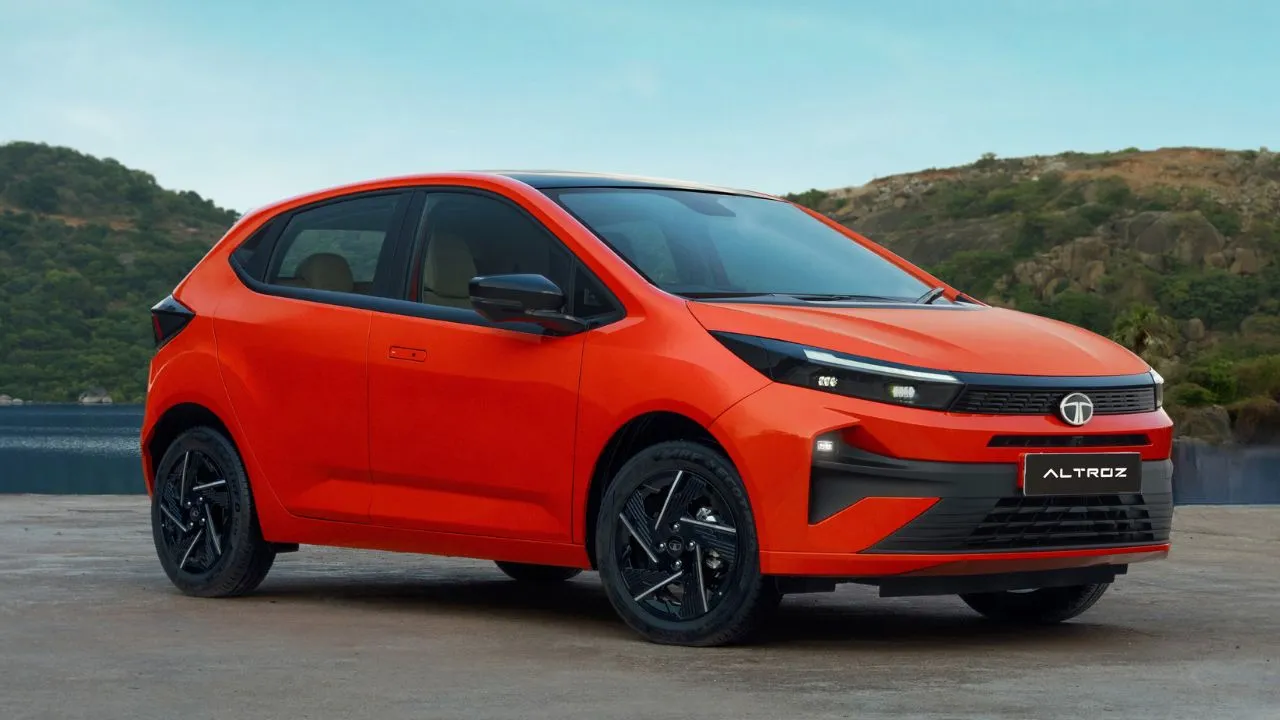

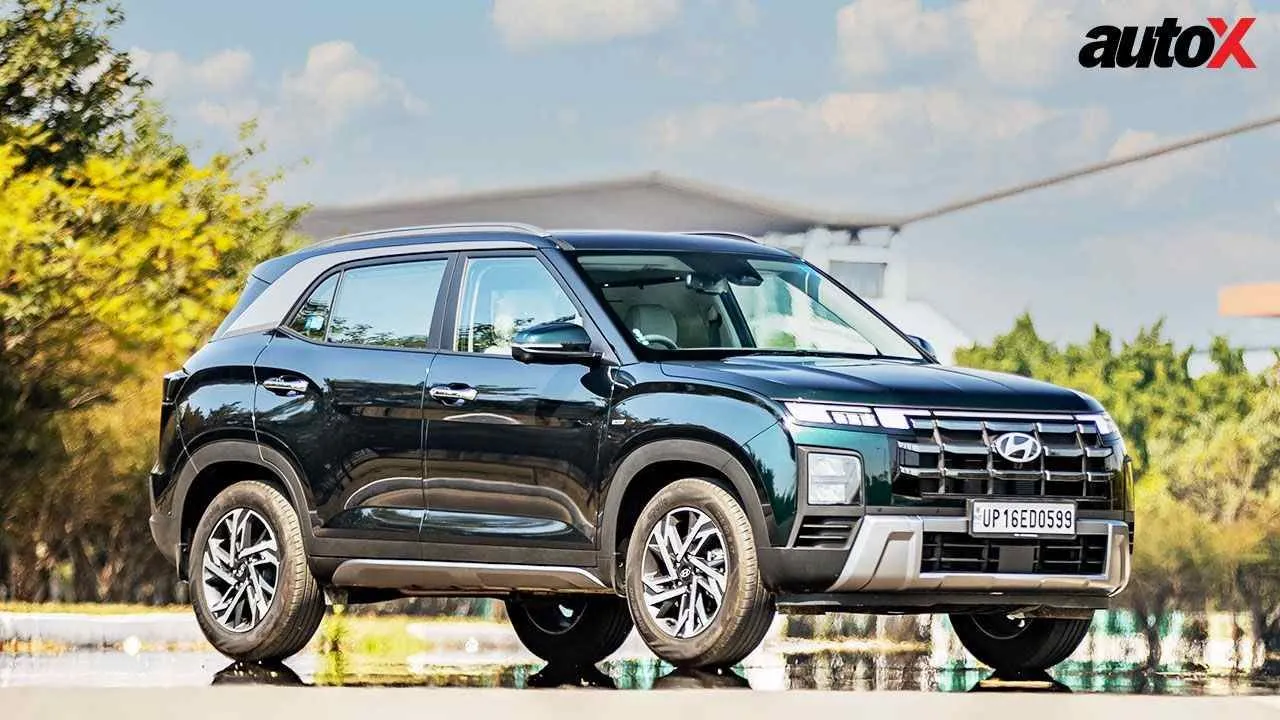
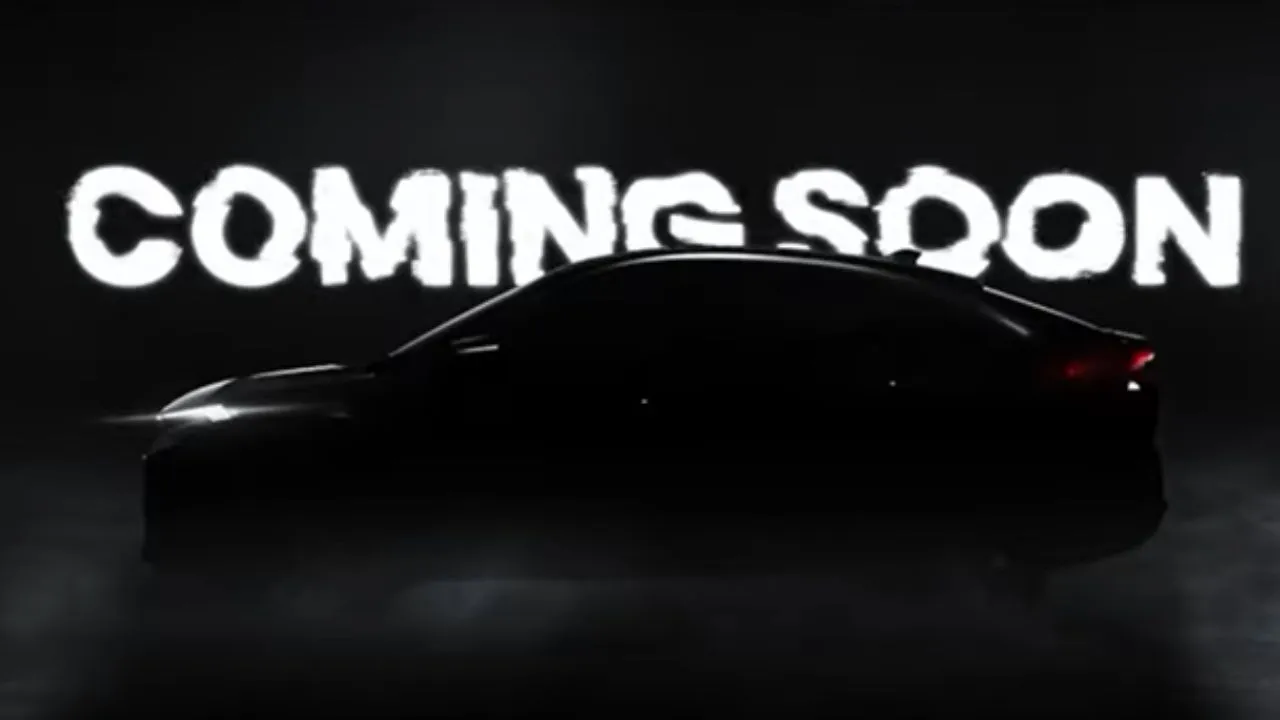

Write your Comment on